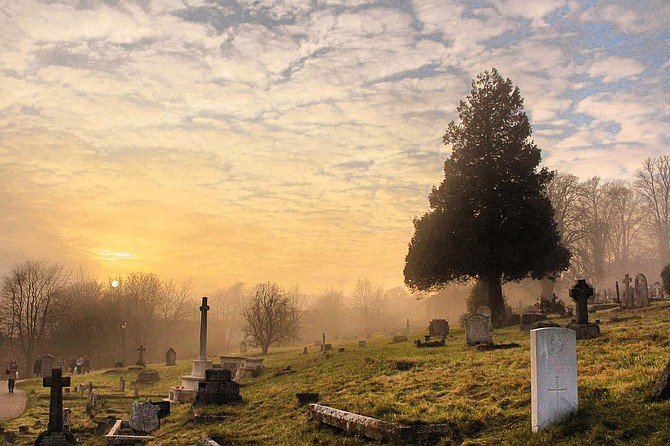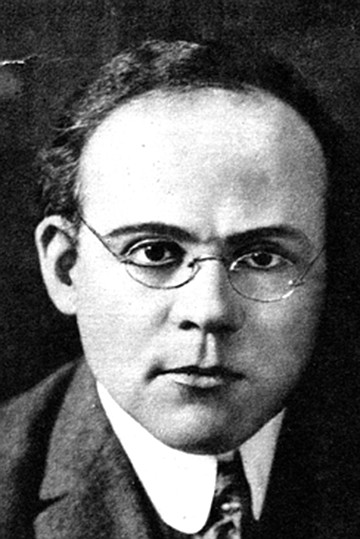 Facebook
Facebook
 X
X
 Instagram
Instagram
 TikTok
TikTok
 Youtube
Youtube


Edgar Lee Masters (1868-1950) was an American poet, novelist, biographer and playwright, best known for his 1915 volume of verse, Spoon River Anthology, a series of dramatic monologues spoken by “residents” of a cemetery in the fictional town of Spoon River, Illinois (named for the river that flows through that region of the state). The 244 poems in the book featured characters providing their own epitaphs – each revealing details of their lives and their manner of death. Many of the poems also included cross-references to other characters in the book, thereby creating a portrait of the Spoon River community as a whole. The poems were based on his childhood experiences in Western Illinois and first appeared in serial form in a St. Louis publication. Masters, who was a lawyer by trade, sought to present a realistic portrait of small-town rural America through the poems. In 1924, he published The New Spoon River, a sequel to Spoon River Anthology, in which the eponymous town has become urbanized and transformed into a suburb of Chicago. Despite published many other volumes of verse, as well as numerous novels and biographies, Masters never enjoyed the same level of literary success he found with Spoon River Anthology.



Edgar Lee Masters (1868-1950) was an American poet, novelist, biographer and playwright, best known for his 1915 volume of verse, Spoon River Anthology, a series of dramatic monologues spoken by “residents” of a cemetery in the fictional town of Spoon River, Illinois (named for the river that flows through that region of the state). The 244 poems in the book featured characters providing their own epitaphs – each revealing details of their lives and their manner of death. Many of the poems also included cross-references to other characters in the book, thereby creating a portrait of the Spoon River community as a whole. The poems were based on his childhood experiences in Western Illinois and first appeared in serial form in a St. Louis publication. Masters, who was a lawyer by trade, sought to present a realistic portrait of small-town rural America through the poems. In 1924, he published The New Spoon River, a sequel to Spoon River Anthology, in which the eponymous town has become urbanized and transformed into a suburb of Chicago. Despite published many other volumes of verse, as well as numerous novels and biographies, Masters never enjoyed the same level of literary success he found with Spoon River Anthology.
Comments